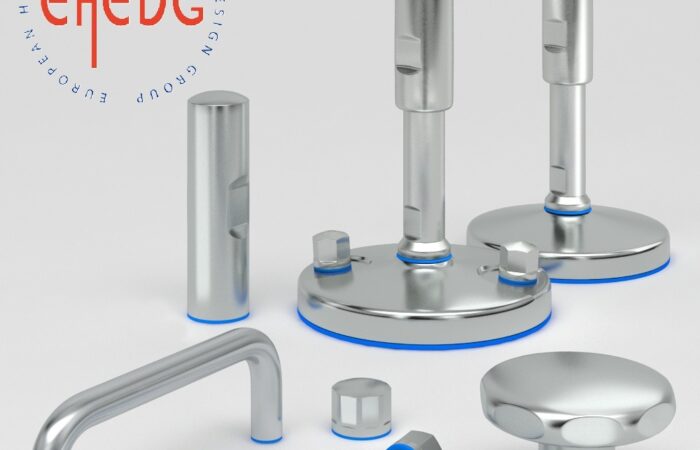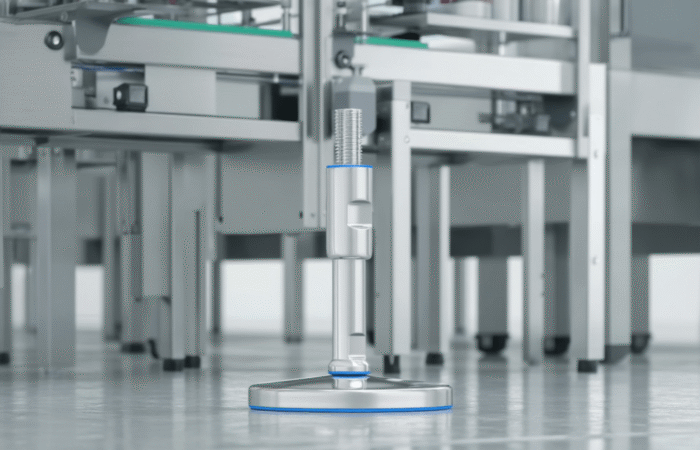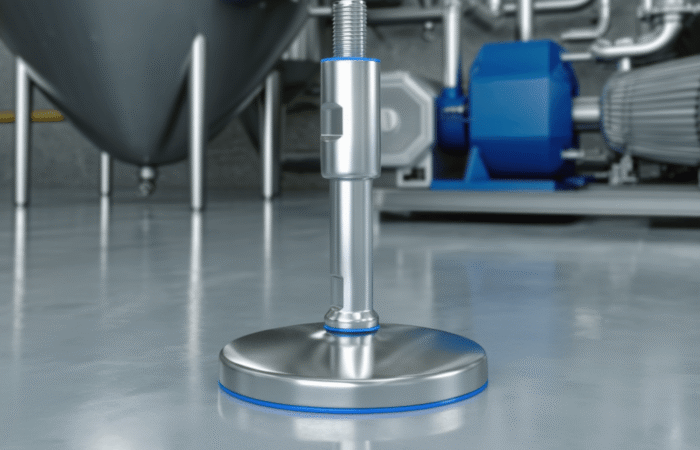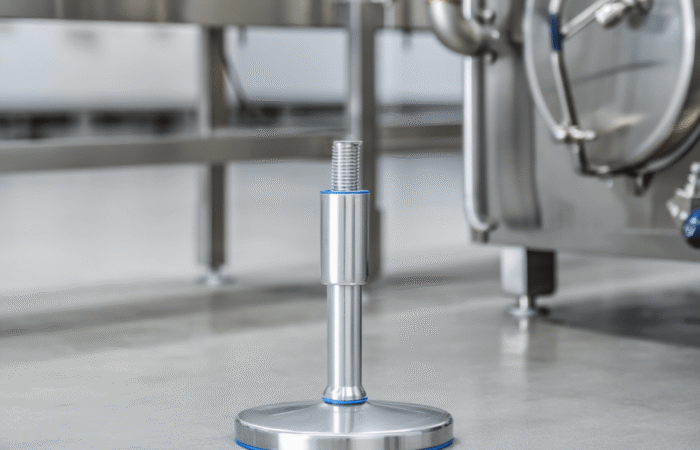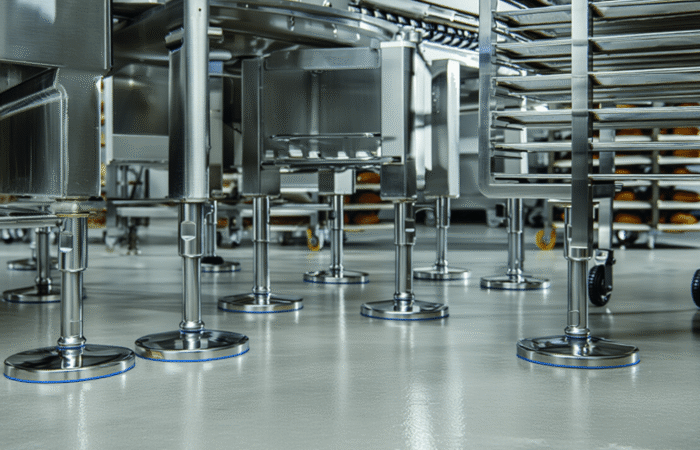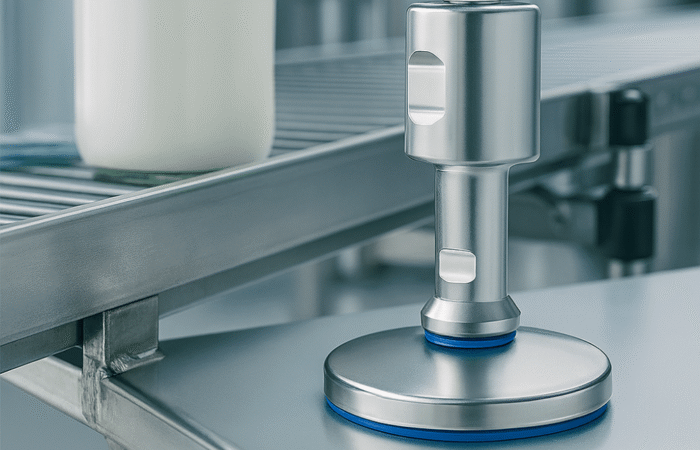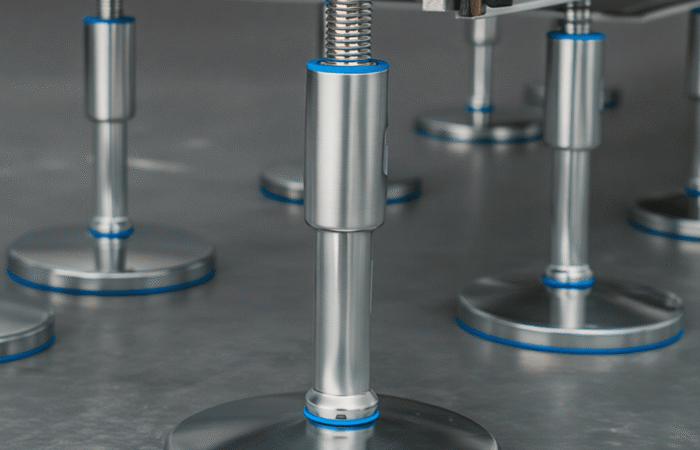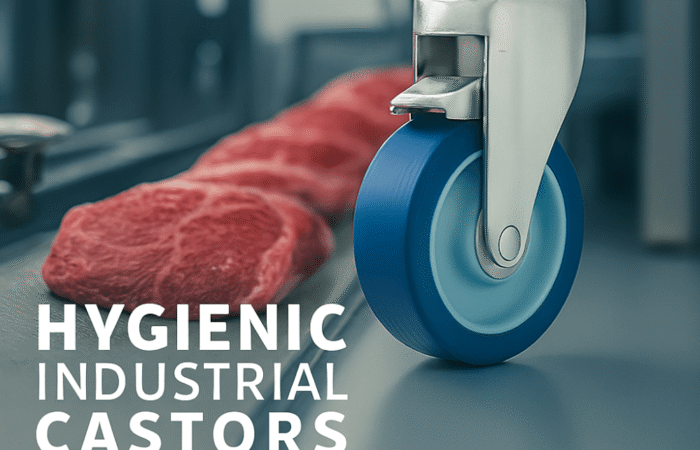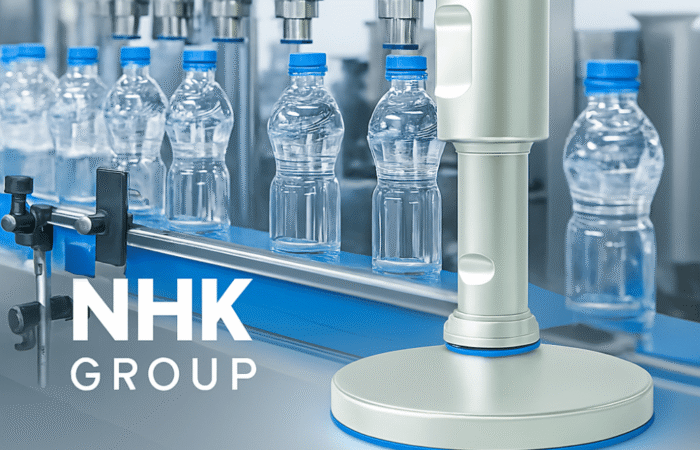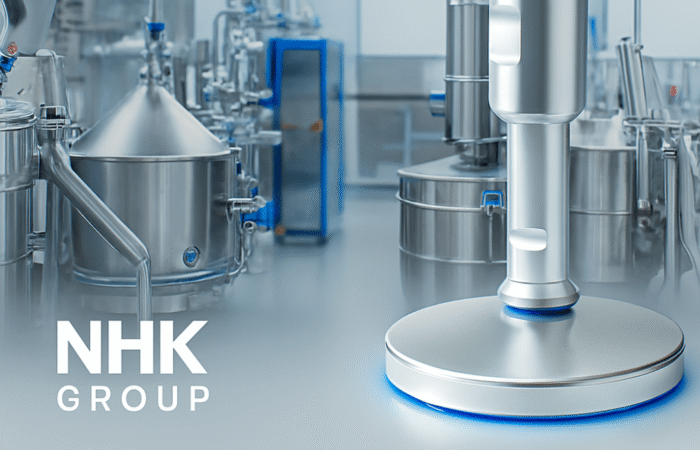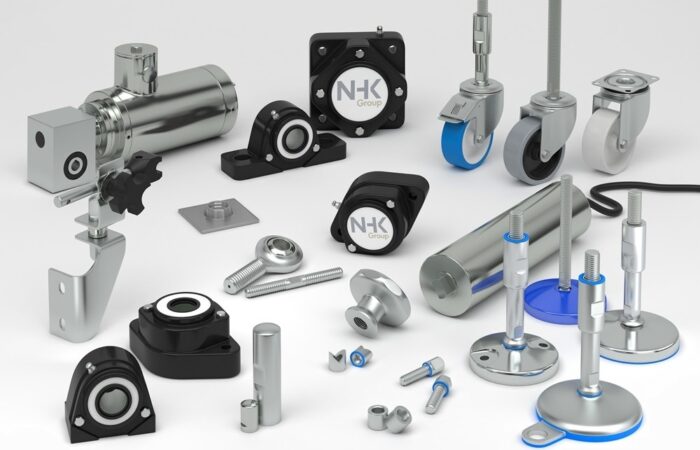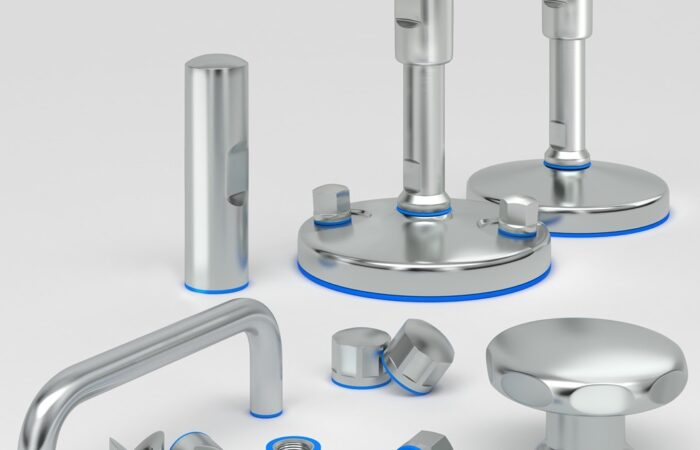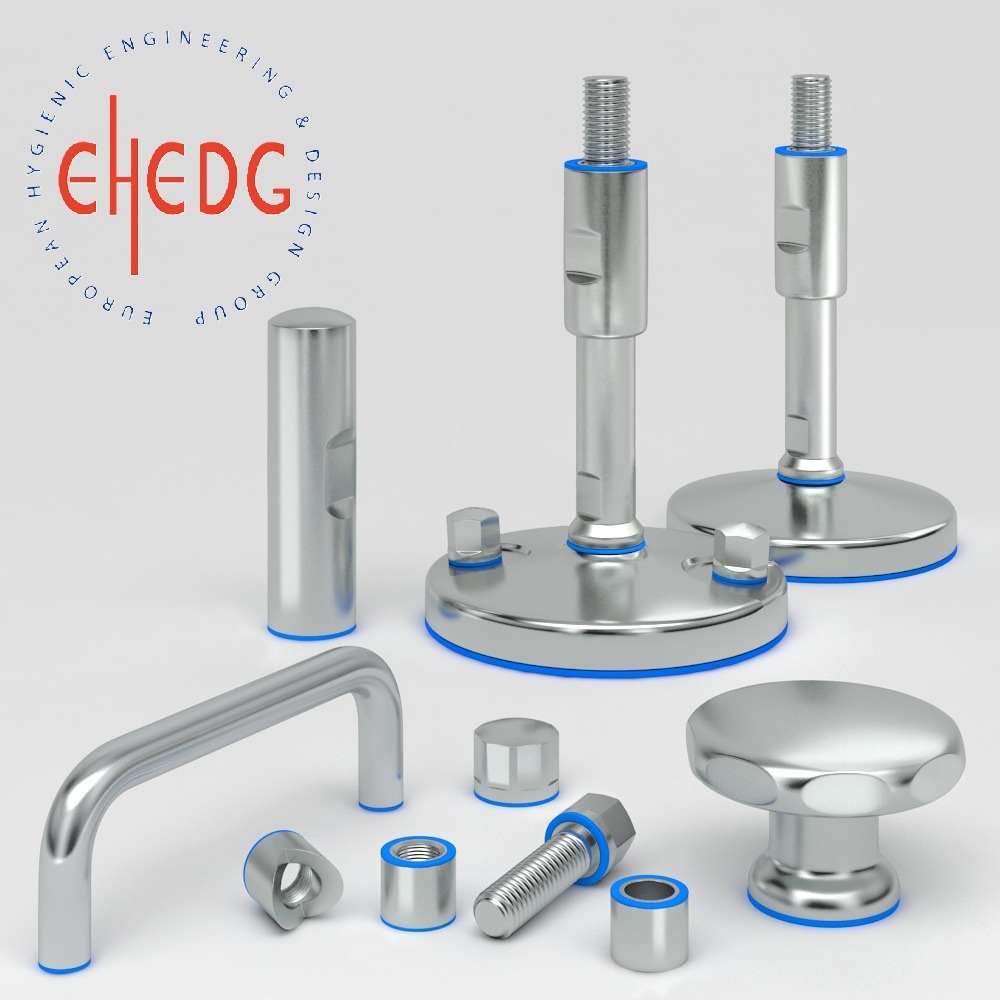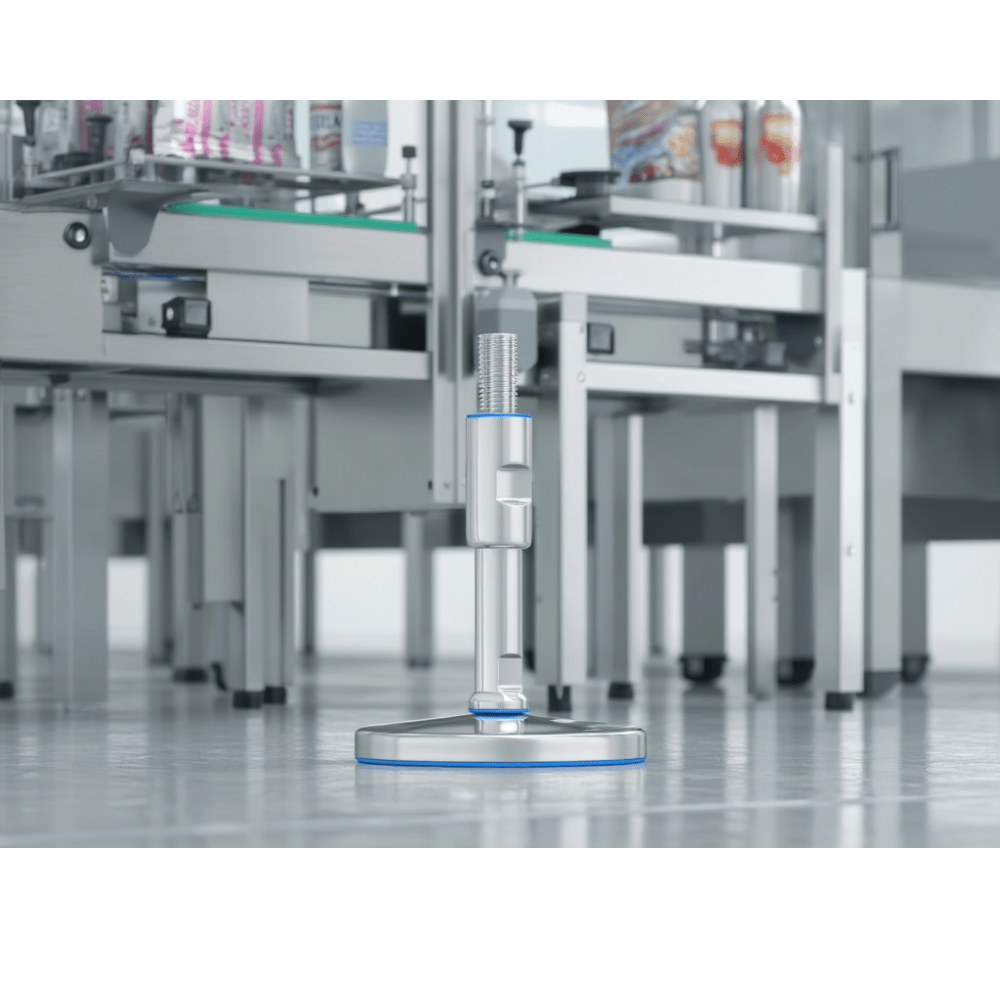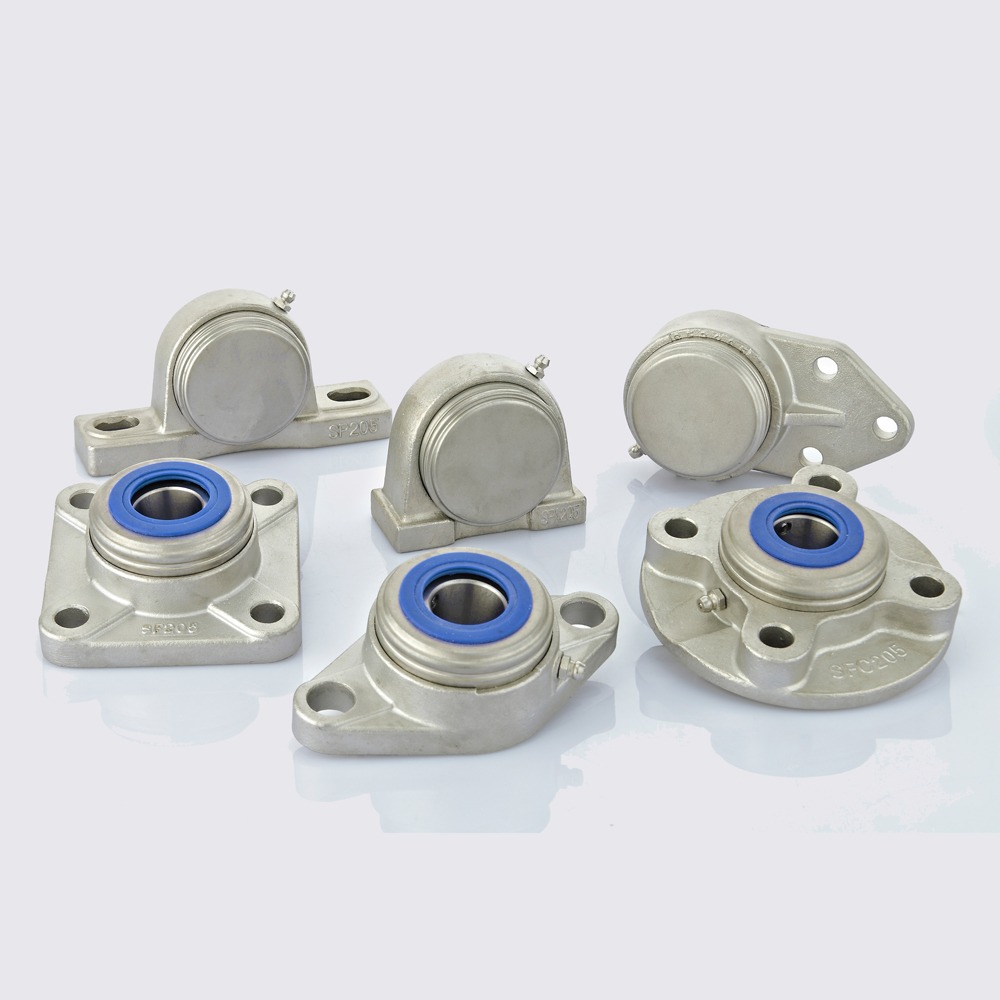
Bearing Unit Engineering: The Role of 420 vs 440 Stainless Steel
In the world of modern machinery, the selection of materials can make a profound difference in performance, durability, and maintenance costs. Bearing units, a critical component in manufacturing, food processing, pharmaceutical, and heavy-duty machinery, demand materials that can withstand harsh conditions. Two of the most popular materials for bearing units are 420 and 440 stainless steel. Both are renowned for their corrosion resistance, strength, and hardness, but their specific properties and applications differ significantly. This article delves into the engineering and development considerations when choosing between 420 and 440 stainless steel bearing units, along with an in-depth review of their sub-grades. 420 stainless steel is a martensitic stainless steel known for its excellent corrosion resistance, toughness, and high polishability. It is commonly used in applications requiring moderate wear resistance and good corrosion protection. 420 stainless steel is widely used in bearing units for food processing, pharmaceutical, and chemical industries due to its hygienic properties and moderate corrosion resistance. These units are essential in clean environments where moisture and sanitizing chemicals are present. Its lower cost compared to 440 stainless steel makes it a more economical choice for applications with moderate performance demands. 440 stainless steel, also martensitic, is renowned for its superior hardness, wear resistance, and corrosion resistance. It’s often used in environments where extreme durability is required. The unique properties of 440 stainless steel make it the preferred choice for heavy-duty bearing units exposed to extreme conditions. It’s used in pharmaceutical, food processing, and packaging environments where the bearing must endure heavy loads, impact, and exposure to corrosive agents like salts, detergents, and solvents. The hardness of 440 stainless steel allows for the production of high-precision components with long service life. When choosing between 420 and 440 stainless steel for bearing units, several key differences must be considered: Choosing between 420 and 440 stainless steel often comes down to the operating environment. For hygienic conditions, light loads, and lower costs, 420 is ideal. For high-impact, heavy-load, and extreme chemical exposure, 440 is the superior option. Sealed stainless steel 420 vs 440 bearing units Mounted stainless steel 420 vs 440 bearing units When designing and developing bearing units, the following factors influence the choice of 420 or 440 stainless steel: Both 420 and 440 stainless steels play critical roles in the design and development of high-performance bearing units. Each has distinct sub-grades that further expand their range of applications. While 420 stainless steel is economical and versatile, 440 stainless steel excels in extreme environments that demand maximum hardness, corrosion resistance, and wear resistance. When selecting bearing units for food processing, pharmaceutical, or heavy-duty industrial applications, it’s essential to weigh the demands of the operating environment against the material’s cost, machinability, and performance. With this knowledge, equipment manufacturers and engineers can make informed decisions to enhance machine efficiency, reduce downtime, and maximize operational lifespan.Bearing Unit Engineering and Development: Understanding 420 vs 440 Stainless Steel, Including Different Sub-Grades
Get our catalogue here
See our product line here
What is 420 Stainless Steel?
Key Properties of 420 Stainless Steel
Applications of 420 Stainless Steel in Bearing Units
Common Sub-Grades of 420 Stainless Steel
What is 440 Stainless Steel?
Key Properties of 440 Stainless Steel
Applications of 440 Stainless Steel in Bearing Units
Common Sub-Grades of 440 Stainless Steel
Key Differences Between 420 and 440 Stainless Steel for Bearing Units
Property 420 Stainless Steel 440 Stainless Steel Corrosion Resistance Moderate resistance to water, food acids, and mild chemicals Superior resistance to harsh chemicals, detergents, and salts Hardness (HRC) Up to 50 HRC Up to 60 HRC Wear Resistance Moderate Superior Machinability Easier to machine Harder to machine due to higher hardness Cost Lower cost Higher cost due to enhanced properties Applications Food, pharma, moderate load Heavy-duty, high-impact, extreme environments 420 Stainless Steel vs. 440 Stainless Steel: Hardness and Wear Resistance
420 Stainless Steel:
440 Stainless Steel:
Engineering Considerations for Bearing Unit Development
Final Thoughts on 420 vs 440 Stainless Steel Bearing Units
Optimize your machinery’s performance with the right bearing unit material. Whether it’s 420 or 440 stainless steel, each grade offers distinct advantages to meet your specific needs.
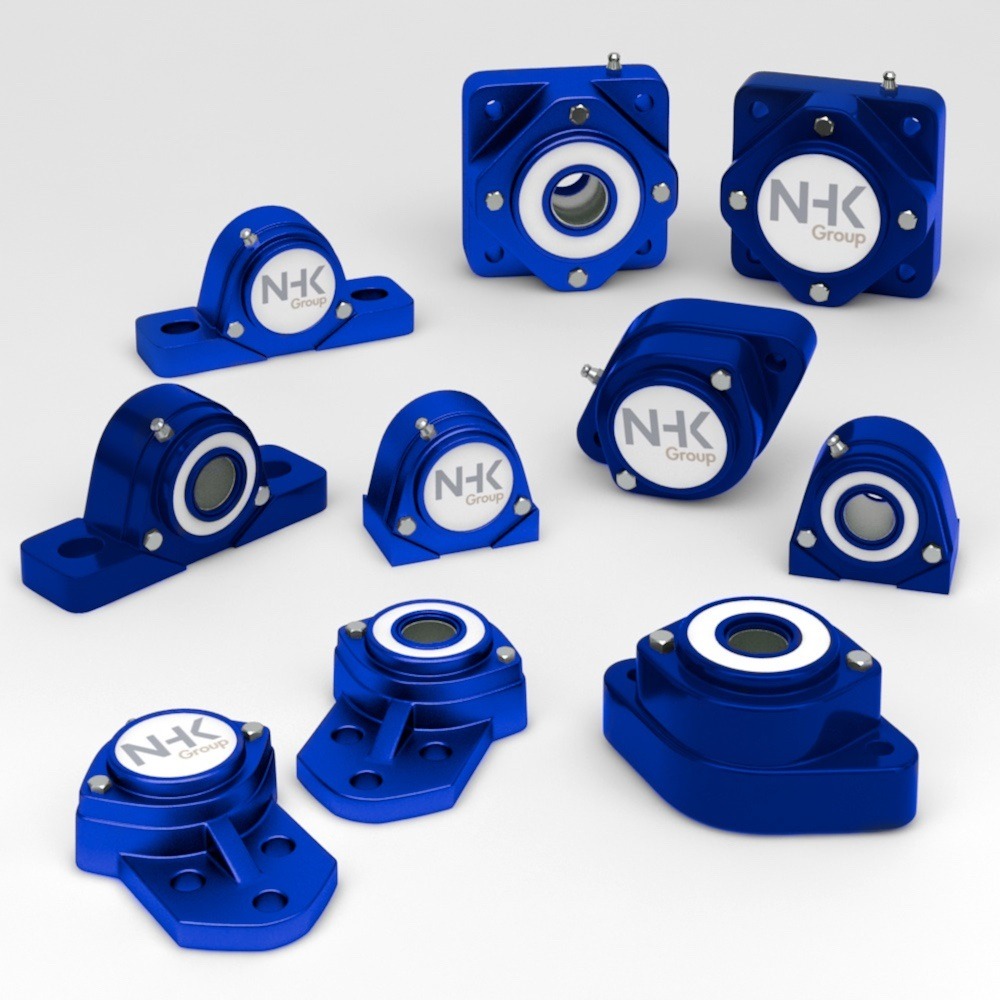

Contact
